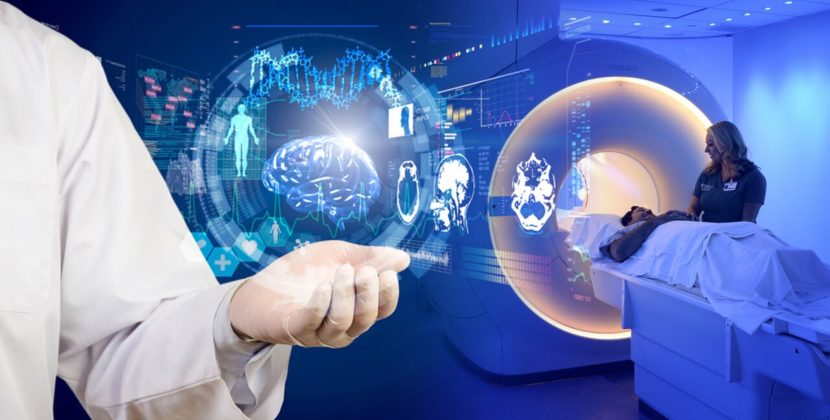The Timeline of Medical Imaging
This annual continuing education program for imaging professionals will revisit the history of medical imaging and provide critical updates about the impact of COVID-19 on the profession.
zdravko.smilevski@1199funds.org
Radiology During a Pandemic: A COVID-19 ReportThis presentation will focus on the effect of the SARS-CoV-2/COVID 19 pandemic and its impact upon health care, specifically radiology departments and personnel. After a short update on the current national impact the lecture will focus on the specific radiological associations such as the RSNA, ACR, ASRT, and other health conglomerates such as the CDC and CMS as they relate to best practices for radiology department operations and infection control. In addition to specific guidelines for departments a discussion on how imaging professionals can enhance their own understanding of the disease, where they can find resources and current legislation aimed to assist individuals on a very personal basis.
Eric Lobel, M.A., R.T(R), President, New York State Society of Radiologic Sciences; Assistant Professor, Radiologic Technology & Medical Imaging; New York City College of Technology of the City University of New York; American Society of Radiologic Technologists (ASRT), House of Delegates, Astoria, New York |
Radiology, Then and NowThe field of radiology has seen countless changes in the last century since x-rays were discovered 125 yrs. ago and it seems that the changes are happening even more quickly due to the transition to the digital world. Changes to the equipment, changes to the processes, changes to the techniques, & changes to the profession are happening more rapidly than we can adapt and assimilate. In order to survive and remain competitive – it is essential that we stay abreast of these changes as well as gain an appreciation of the past accomplishments that we have all contributed to. This presentation will highlight many of the studies that were commonly performed in the mid-70’s when I was a student and new technologist and compare and contrast them to the way we image body systems today. You will be totally astounded and entertained.
Merryl N. Fulmer, B.S., R.T. (R)(M)(MR)(QM)(CT) |

Comments